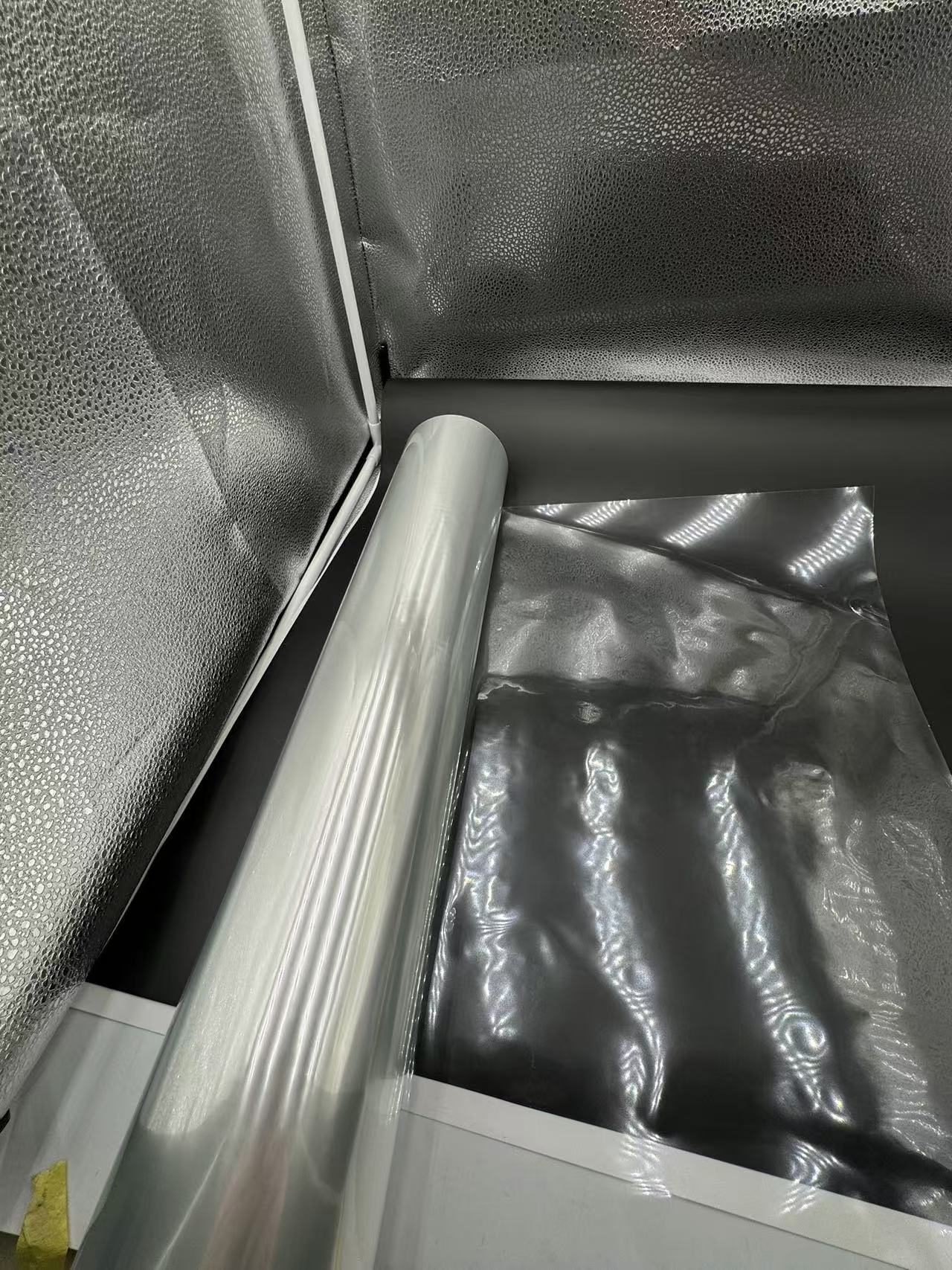
bopet190 The Diverse Application of Transparent BOPET Printable Film in Packaging Introduction Materials
2024-11-29 16:44Unveiling Creativity and Functionality: The Diverse Application of Transparent BOPET Printable Film in Packaging Introduction Materials play a major role in deciding the fate of a product's market
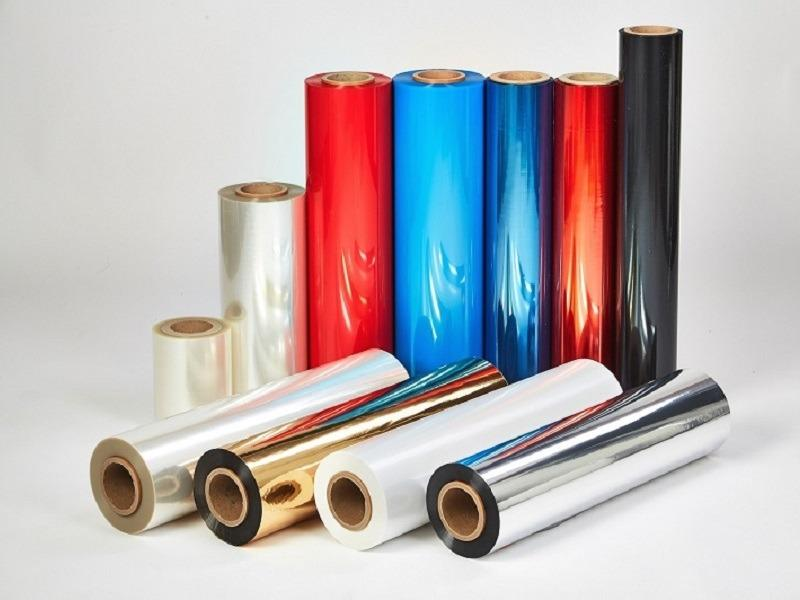 presence in this fast-moving and highly competitive world of packaging. Transparent BOPET printable film has emerged as a game-changer, offering a unique blend of properties that make it an ideal candidate for a myriad of packaging applications. Its exceptional clarity, combined with robust printability, makes it a favorite among manufacturers looking to create eye-catching, functional, and durable packaging solutions. The following article discusses the properties of transparent BOPET printable film, the manufacturing process, and various applications in printable packaging, composite films, and packaging bags , together with its advantages and challenges it can bring or overcome. Properties of Material of Transparent BOPET Printable Film Chemical Composition and Structure
presence in this fast-moving and highly competitive world of packaging. Transparent BOPET printable film has emerged as a game-changer, offering a unique blend of properties that make it an ideal candidate for a myriad of packaging applications. Its exceptional clarity, combined with robust printability, makes it a favorite among manufacturers looking to create eye-catching, functional, and durable packaging solutions. The following article discusses the properties of transparent BOPET printable film, the manufacturing process, and various applications in printable packaging, composite films, and packaging bags , together with its advantages and challenges it can bring or overcome. Properties of Material of Transparent BOPET Printable Film Chemical Composition and Structure
Transparent BOPET film is based on the famous polyethylene terephthalate, or PET, a polymer synthesized by a condensation polymerization process of ethylene glycol and terephthalic acid monomers. The PET resin is first processed into a film, which further undergoes the process of biaxial orientation. This crucial step involves the stretching of the film both in the machine direction (MD) and the transverse direction (TD) under controlled conditions of temperature and tension. This orientation of the polymer chains imparts to the film remarkable strength, dimensional stability, and improved optical properties. The molecular structure is tightly packed and oriented, forming a barrier resistant to moisture, gases, and many chemicals, which makes it suitable for a wide variety of packaging applications where product protection is paramount.
Transparency and Clarity
Probably the most striking feature of the transparent BOPET printable film is the high level of transparency and clarity. It allows a full, unobstructed view of the contents it covers, which is of immense importance in packaging applications where the product has to be
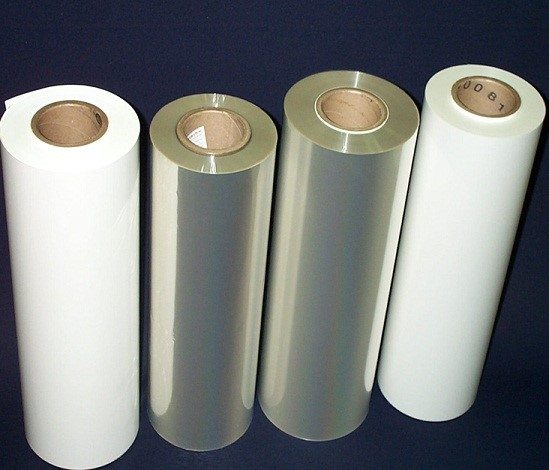
visible. For example, in foodstuffs, one is able to see the freshness, quality, and even appearance of the edibles inside, whether it is a bag of colorful candies, a tray of fresh berries, or a neatly arranged arrangement of deli meats. In the cosmetic sector, the film allows the beautiful colors and textures of products such as lipsticks, eyeshadows, and perfumes to be showcased, which might tempt potential buyers with their visual allure. This clarity rivals that of glass, with the additional advantages of being lightweight, shatterproof, and flexible, which make it useful for many types of packaging.
Printability
The surface of transparent BOPET printable film is specially designed to exhibit great printability, which is its strong selling point in packaging. It accepts almost all sorts of printing techniques like flexography, gravure, and digital printing. This smooth and even surface allows inks to adhere uniformly and result in sharp, bright, and durable prints. Be it the fine details of branding elements, product descriptions, nutritional facts, or eye-catching graphics, it can reproduce them faithfully with high fidelity. This printability not only serves the purpose of conveying essential information to consumers but also plays a crucial role in creating a distinct brand identity, making products stand out on crowded store shelves.
Mechanical Properties
BOPET printable film exhibits impressive mechanical strength due to its biaxial orientation. It has a high tensile strength, enabling it to withstand significant stretching and pulling forces without tearing or deforming easily. This strength is paramount at the time of the manufacture of the film-for its conversion into bags and inclusion in composite films-against their mechanical stresses. Since this material is flexible and ductile, it follows easily the shapes and geometries, whether it tourns irregularly shaped food merchandise or is molded into certain specific geometries for particular forms of packaging. It also possesses excellent puncture resistance, which can protect the packaged products against any accidental external damage during handling and transportation due to sharp objects.
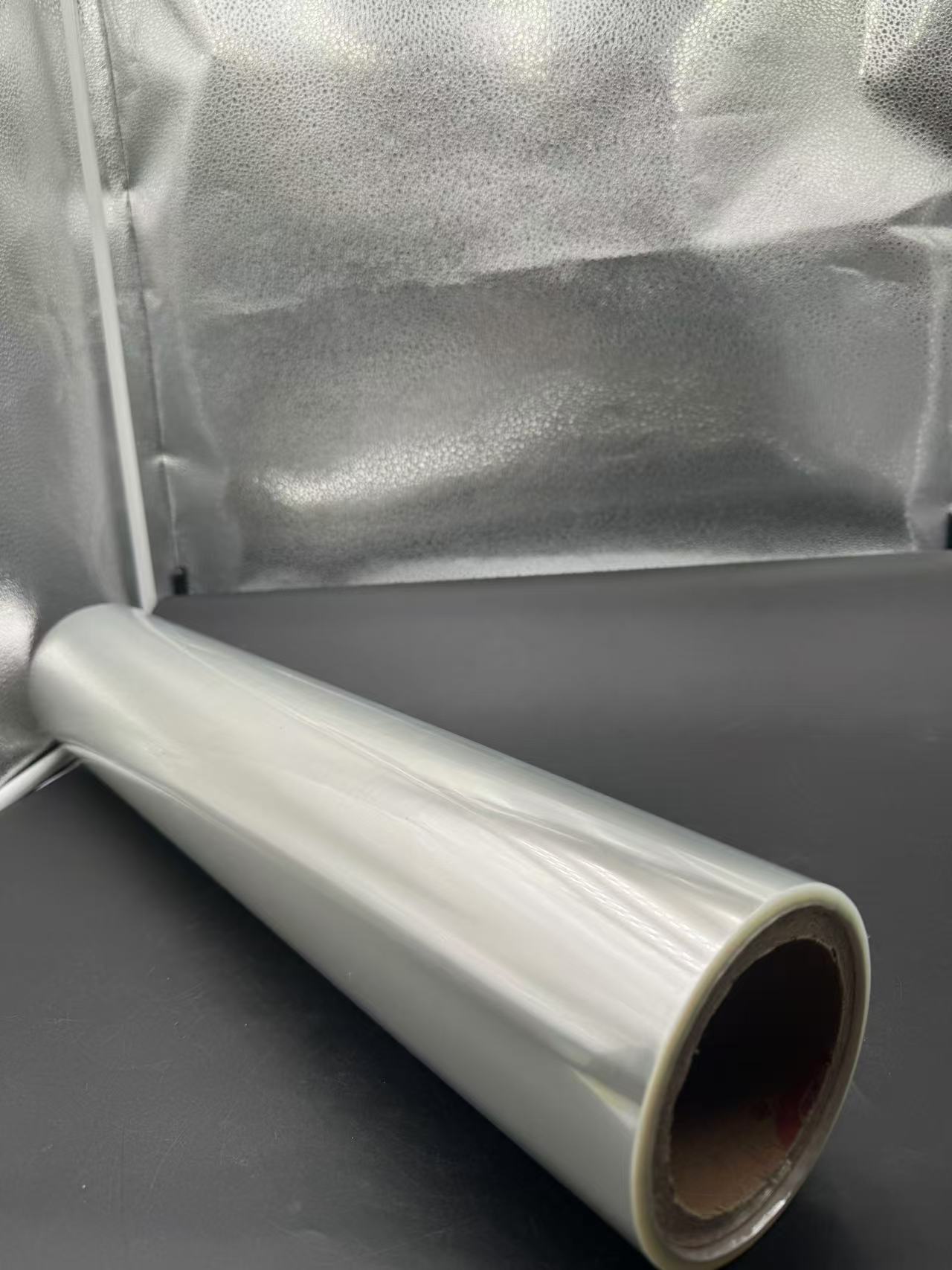 Barrier Properties
Barrier Properties
Transparent BOPET printable film possesses excellent barrier properties for protecting the packaged goods. It serves as a perfect barrier against moisture, gases such as oxygen and carbon dioxide, and odor. In the food packaging domain, it helps maintain the freshness and quality of products by preventing the ingress of moisture that could lead to spoilage and by restricting the entry of oxygen that causes oxidation and degradation. For example, in the case of a bag of potato chips, the film keeps the chips crispy by keeping moisture out and slows down rancidity by limiting oxygen exposure. In the pharmaceutical and cosmetic fields, it protects sensitive products against environmental factors that would have an impact on the efficacy and stability of pharmaceuticals, maintaining the potency of medications and the integrity of cosmetics.
Heat Resistance
The film shows excellent resistance to heat, thereby being suitable for various methods of packaging and end-use applications. It can tolerate the temperatures involved in the heat-sealing operation; hence, airtight and tamper-evident packages can be made in it. This is very important in food packaging, particularly for those foods that must be kept sterile and sealed, such as pre-packaged salads and ready-to-eat meals. Moreover, it has a putative resistance to a limited range of elevated temperatures for some time without any appreciable deformation or loss of properties during storage and transportation, which makes the material applicable in packages where the product may be subjected to mild heat-for example, certain processed food items
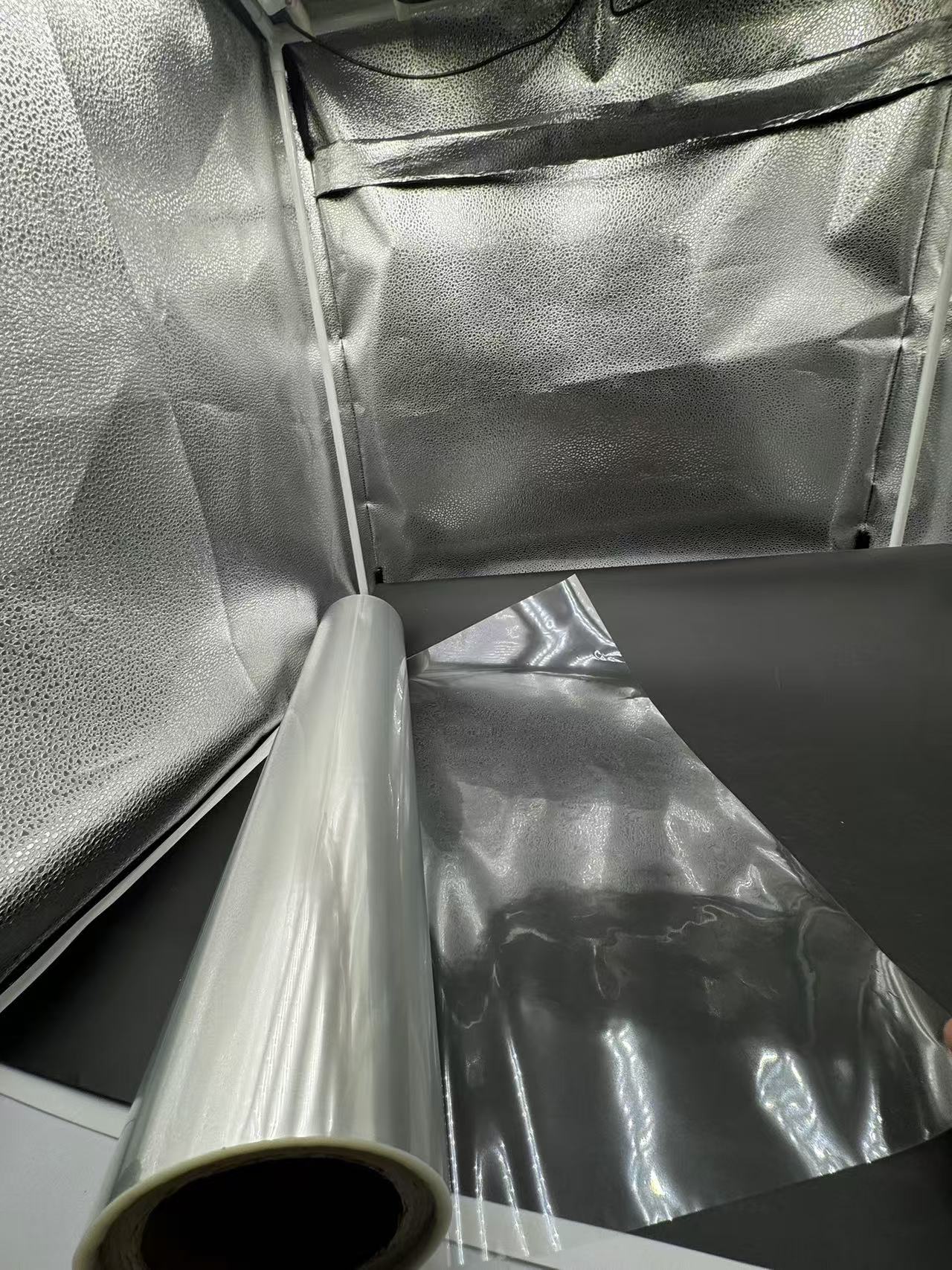 that undergo pasteurization or sterilization at comparably low temperatures. Chemical Resistance
that undergo pasteurization or sterilization at comparably low temperatures. Chemical Resistance
The clear BOPET printable film is characterized by excellent resistance to the chemical action of a wide circle of substances. It's resistant to the majority of acids, alkalis, and solvents that might react with it upon contact with it. In food, the product resists food acids, oils, and even cleaning detergents for maintaining its integrity for a long time in its structure and functionality. In the pharmaceutical and cosmetic industries, where formulations can include a host of chemical ingredients, the film remains chemically inert to protect the product from external contaminants and maintain the purity of the packed items.
Manufacturing Process of Transparent BOPET Printable Film
Raw Material Preparation
Transparent BOPET printable film manufacturing begins with the selection of high-quality PET resin in great detail. The resin is supplied by vetted suppliers to ensure purity and uniformity since it affects the properties of the finished film negatively. All extra additives like antioxidants to take care of the resin so that it does not degenerate during processing or on storage to give more long life to the films, are mixed with resins in a mixer so the mixture is homogenised for extrusion process
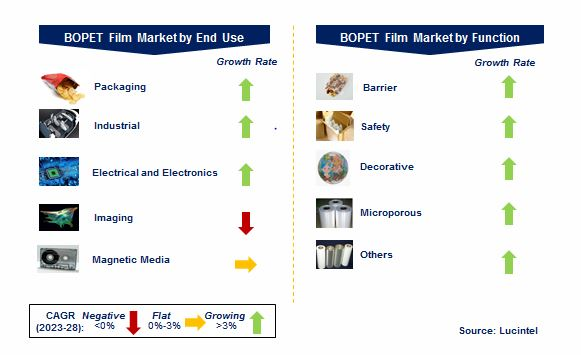 Extrusion Process
Extrusion Process
The well-mixed raw materials are fed into an extruder, which is essentially a cylindrical device fitted with a rotating screw. The material melts as it moves along the length of the heated barrel of the extruder under conditions of controlled temperature and pressure. The molten PET is then forced through a flat die at the end of the extruder, which determines the width and initial thickness of the emerging film. The speed of extrusion is adjusted according to the production requirements, and the flow rate is strictly controlled to maintain consistent film thickness and quality. The film exiting the die is in a semi-solid state, still hot and pliable, ready for further processing. Orientation Process After extrusion, the nascent film undergoes orientation. It is re-heated to a temperature above its glass transition point but below its melting point, so that it becomes pliable for stretching. The film is then biaxially oriented in the machine direction and transverse direction, either sequentially or simultaneously, depending on the manufacturing technique. This biaxial orientation aligns the polymer chains, significantly enhancing the film's mechanical, optical, and barrier properties. The amount of stretching in both directions is carefully controlled to achieve the right balance between strength, clarity, and flexibility; state-of-the-art machinery ensures that this process is uniform across the entire surface of the film.
Surface Treatment for Printability
The film is usually subjected to surface treatment in order to make it more printable. This generally involves one of two techniques: corona treatment or plasma treatment. Corona treatment exposes the surface of the film to a high-voltage electrical discharge in the presence of air, which modifies the surface energy of the film and makes it more receptive to inks. Plasma treatment, on the other hand, uses ionized gas to achieve a similar effect, creating a more hydrophilic surface that promotes better ink adhesion. These treatments are carefully calibrated to ensure that the film's surface properties are optimized for printing without compromising its other essential characteristics.
Annealing and Cooling
 After orientation and surface treatment, the film undergoes an annealing process to relieve the internal stresses generated during stretching. Annealing involves heating the film to a specific temperature below its melting point and then slowly cooling it. It contributes to the stabilization of the film's molecular structure, ensuring its dimensional stability, consequently preventing its warping or cracking while undergoing further handling and service. After that, it cools down to room temperature and is wound on jumbo rolls, which later head to various packaging manufacturers across industries.
After orientation and surface treatment, the film undergoes an annealing process to relieve the internal stresses generated during stretching. Annealing involves heating the film to a specific temperature below its melting point and then slowly cooling it. It contributes to the stabilization of the film's molecular structure, ensuring its dimensional stability, consequently preventing its warping or cracking while undergoing further handling and service. After that, it cools down to room temperature and is wound on jumbo rolls, which later head to various packaging manufacturers across industries.
Quality Control
Severe quality control measures have to be in place at all times during the manufacturing process. The thickness of the film is gauged with highly accurate instruments to ensure that it meets the specified standards since any deviation will affect performance in packaging applications. Other key properties, such as transparency, mechanical strength, barrier properties, printability, and heat resistance, are also tested comprehensively in the laboratory. Any film that does not pass the high-quality threshold standards is discarded to ensure only high-quality transparent BOPET printable film reaches the market for use in critical packaging.
Applications of Transparent BOPET Printable Film in Printable Packaging
Food Packaging
The food industry uses transparent BOPET printable
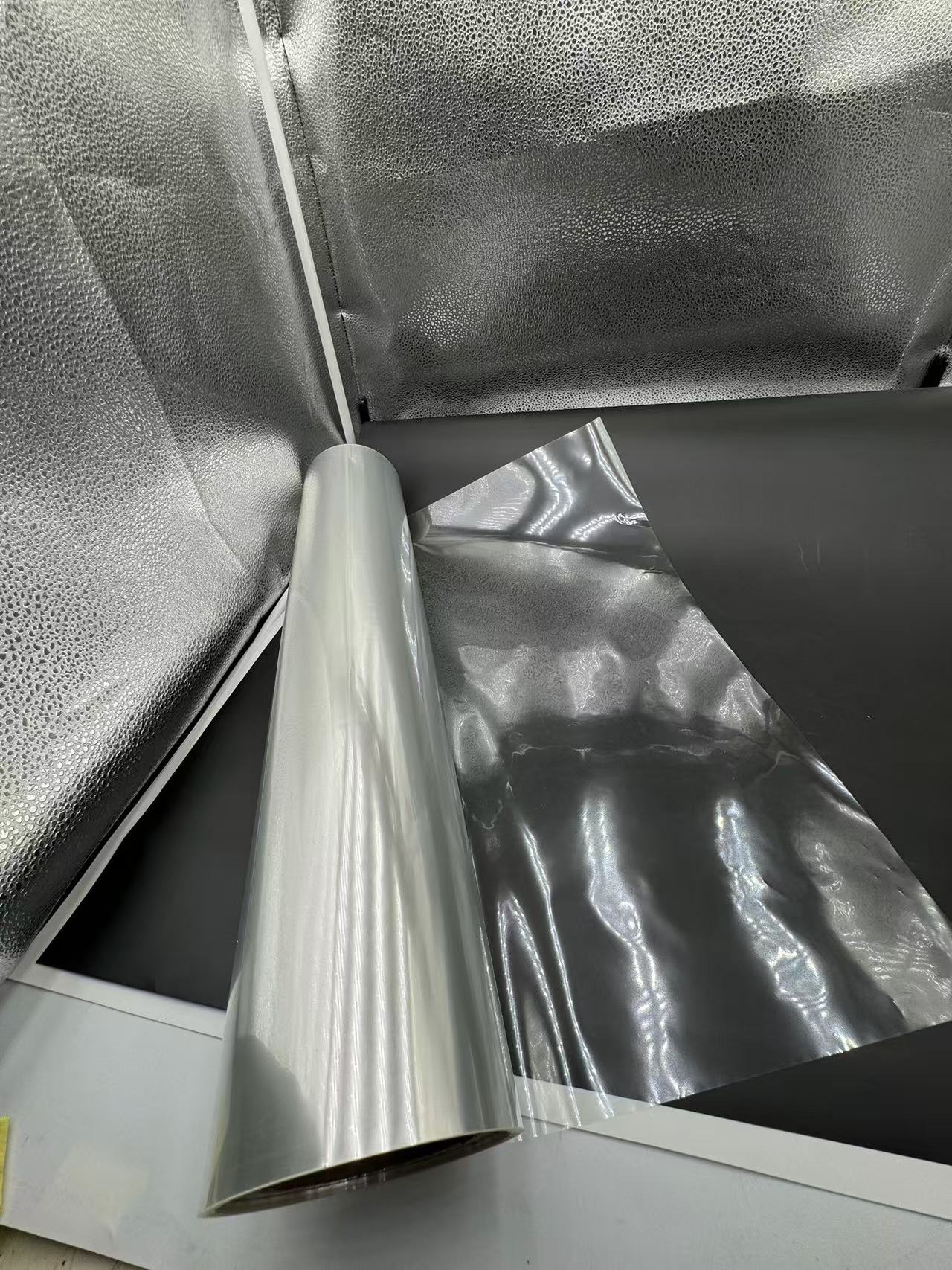 film to provide packaging for food that protects it while at the same time has an appeal to the consumers. It means that for snack foods, like popcorn, chips, and pretzels, the film can be printed with full-color images of the product, catchy slogans, and nutritional information. Such clarity of the film shows how delicious the snacks are, while printability enables a brand to communicate with the end consumer. In the case of fresh produce like cucumbers, tomatoes, or berries, the film can be printed with origin labels, handling instructions, and freshness indicators. The barrier properties of the film keep the food fresh, and the printed information helps consumers make informed purchasing decisions.
film to provide packaging for food that protects it while at the same time has an appeal to the consumers. It means that for snack foods, like popcorn, chips, and pretzels, the film can be printed with full-color images of the product, catchy slogans, and nutritional information. Such clarity of the film shows how delicious the snacks are, while printability enables a brand to communicate with the end consumer. In the case of fresh produce like cucumbers, tomatoes, or berries, the film can be printed with origin labels, handling instructions, and freshness indicators. The barrier properties of the film keep the food fresh, and the printed information helps consumers make informed purchasing decisions.
Cosmetic Packaging
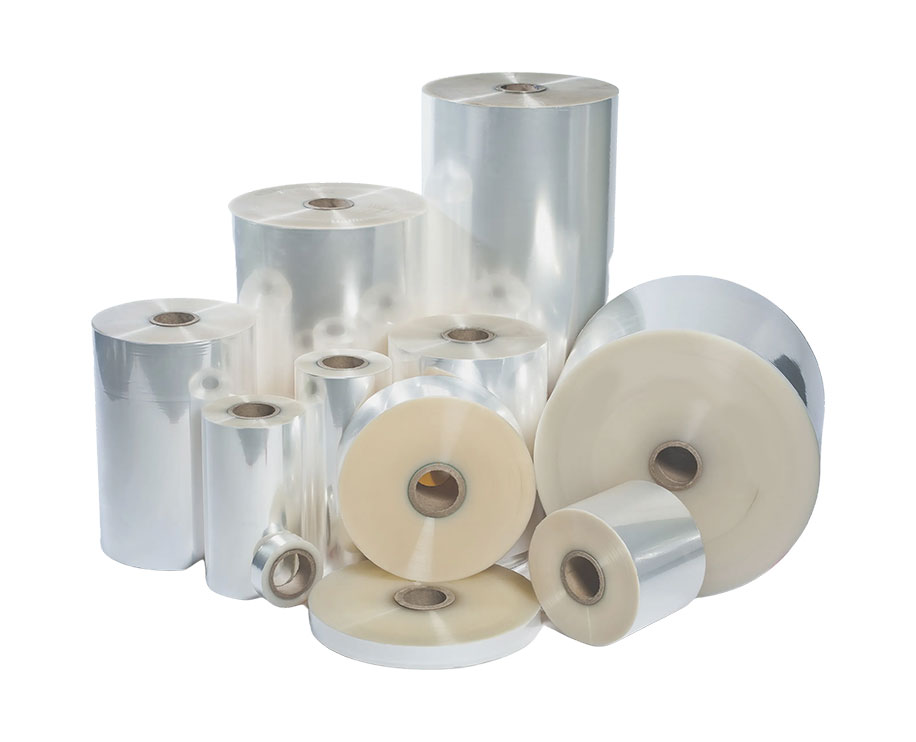 Cosmetics rely heavily on packaging that is both visually appealing and informative. Transparent BOPET printable film fits the bill perfectly. Sleevings or wraps for color display in lipstick, mascaras, and eyeshadows can be made with this film for makeup products, along with the shade and brand logo of the product. The smoothness of the film allows for high-quality printing of elegant designs and detailed product descriptions. For perfumes, the film can be either part of the bottle label or the outer packaging; the printability allows the reproduction of luxury graphics while the transparency shows the beauty of the liquid inside, adding to the general appeal of the product.
Cosmetics rely heavily on packaging that is both visually appealing and informative. Transparent BOPET printable film fits the bill perfectly. Sleevings or wraps for color display in lipstick, mascaras, and eyeshadows can be made with this film for makeup products, along with the shade and brand logo of the product. The smoothness of the film allows for high-quality printing of elegant designs and detailed product descriptions. For perfumes, the film can be either part of the bottle label or the outer packaging; the printability allows the reproduction of luxury graphics while the transparency shows the beauty of the liquid inside, adding to the general appeal of the product.
Pharmaceutical Packaging
The pharmaceutical industry requires clear communication and protection for its products. Transparent BOPET printable film is utilized for packaging medications, both at the blister pack level and in secondary packaging. It can be printed for a blister pack with dosage instructions, drug names, and expiration dates so as to make sure that the patient will take the correct amount of the right medicine on time. The film can then be printed with branding, warnings, and regulatory information in secondary packaging, including boxes or pouches; this gives a professional yet informative look while protecting drugs from external factors such as moisture and light. Various Applications of Transparent BOPET Printable Film in Composite Films Food Packaging Composite Films In food packaging, a BOPET printable film is usually combined with various materials to form composite films
 with improved properties. For example, it is laminated with aluminum foil in order to improve light, oxygen, and moisture barriers for products sensitive to these factors of packaging. In addition, combined with polyethylene, it possesses superior heat-sealing features and flexibility to meet the package requirements for frozen or microwaveable foods. The BOPET layer in the composite films adds strength, clarity, and printability, while other layers cooperate to protect food along with fulfilling the necessary demand of packaging. Industrial and Technical Composite Films Beyond application related to food, the use of BOPET printable film finds a place in Industrial and Technical Composite Films. Such is used in the electronic industries, as part of the composite film used in preventing sensitive components from EMI, moisture, or dust. The aluminum layer provides EMI shielding, while the BOPET substrate offers mechanical strength and protection from physical damage. In the construction industry, it can be incorporated into building wraps or insulation materials, where the film's barrier properties and durability contribute to protecting buildings from moisture ingress and heat transfer.
with improved properties. For example, it is laminated with aluminum foil in order to improve light, oxygen, and moisture barriers for products sensitive to these factors of packaging. In addition, combined with polyethylene, it possesses superior heat-sealing features and flexibility to meet the package requirements for frozen or microwaveable foods. The BOPET layer in the composite films adds strength, clarity, and printability, while other layers cooperate to protect food along with fulfilling the necessary demand of packaging. Industrial and Technical Composite Films Beyond application related to food, the use of BOPET printable film finds a place in Industrial and Technical Composite Films. Such is used in the electronic industries, as part of the composite film used in preventing sensitive components from EMI, moisture, or dust. The aluminum layer provides EMI shielding, while the BOPET substrate offers mechanical strength and protection from physical damage. In the construction industry, it can be incorporated into building wraps or insulation materials, where the film's barrier properties and durability contribute to protecting buildings from moisture ingress and heat transfer.
Applications of Transparent BOPET Printable Film in Packaging Bags
Retail Packaging Bags
BOPET transparent film is popular for making retail packaging bags, be it for clothes, accessories, or any small consumer good. Clear visibility of the contents, as a result of transparency, attracts the consumers by allowing them to see what they are purchasing. In addition, the printability aspect allows retailers to print their logos, brand names, and promotional messages on the bags to make them walking advertisements. The strength and durability of the film ensure that the bags will be able to withstand carrying and handling without damage, protecting their contents in style. Food and Snack Packaging Bags Food and snack items are nicely packaged in BOPET printable film packaging bags that combine functionality with visual appeal. The barrier properties of the film keep the food fresh, while printability allows for the display of product information, branding, and eye-catching graphics. A bag of cookies or crackers packaged in BOPET printable film not only stays crispy but also looks inviting on the store shelf, as the printed images and text entice consumers to make a purchase.
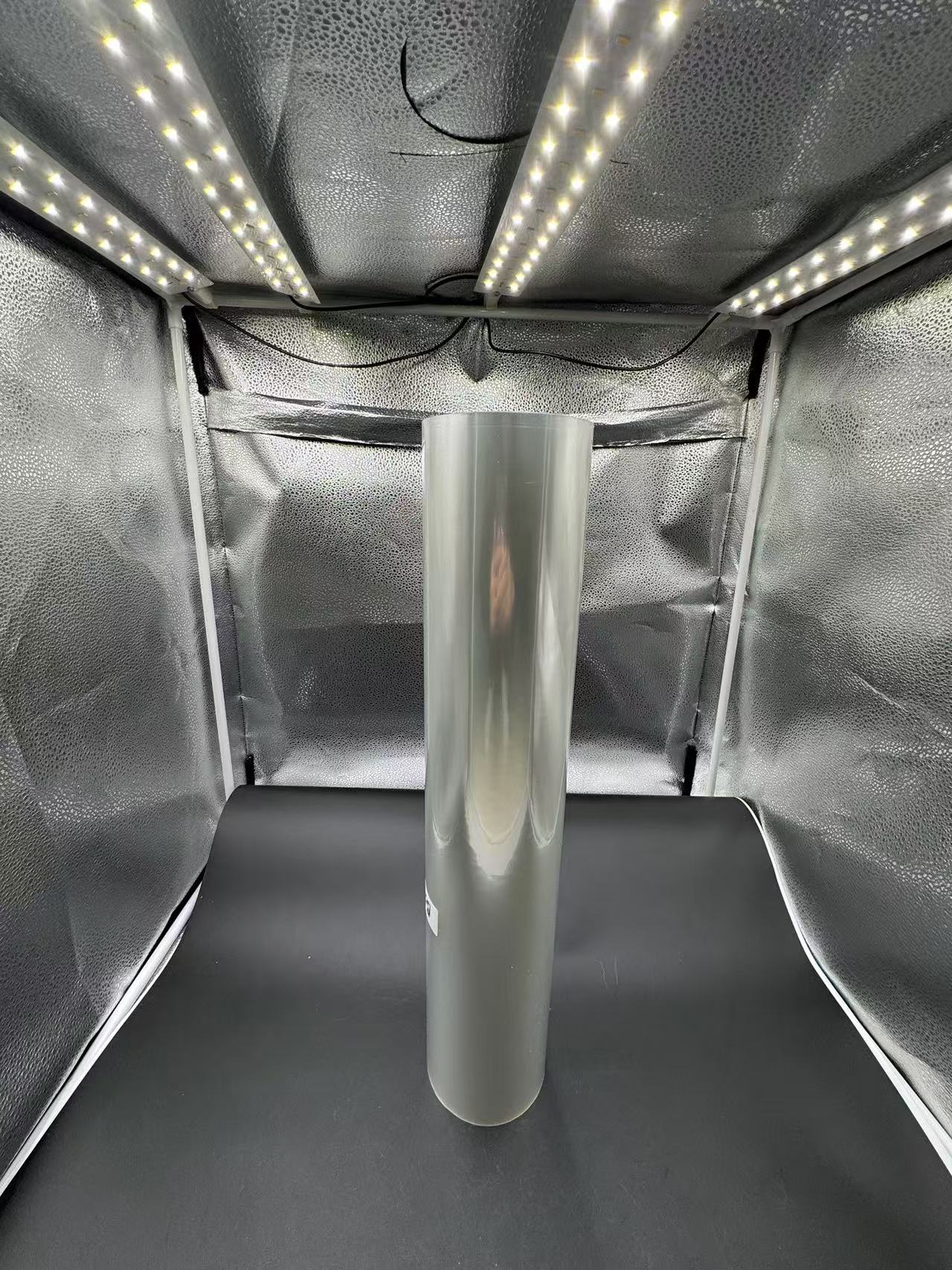 Benefits of Using Transparent BOPET Printable Film in Packaging
Benefits of Using Transparent BOPET Printable Film in Packaging
Visual Appeal and Branding
High transparency and excellent printability make the film offer a package that is beautiful to look at and highly effective for brand messages. Products have a commanding presence on the store shelf as consumers are clearly able to see what the contents are, and good, well-designed prints are done on them. This gives rise to brand recognition and brand loyalty, since consumers relate an attractive package to quality merchandise.
Product Protection
Mechanical resistance, barrier capabilities, and chemical resistance all put together mean a wide range of product protection. It protects food from spoilage, cosmetics from degradation, and industrial components from damage during handling, storage, and transportation. In this way, the film reliably guards against moisture, gases, odors, and mechanical influences to preserve the integrity and quality of packaged goods.
Packaging Design Flexibility
The transparent BOPET film is printable and easily collapsible into various shapes and sizes, hence suitable for use in different packaging forms. Wraps, bags, pouches, or even further processing into composite films, this material can be used in hybrid packaging solutions with value addition in functionality and aesthetics. The flexibility of the film enables creative and customized packaging design that meets the particular requirements of various products and brands.
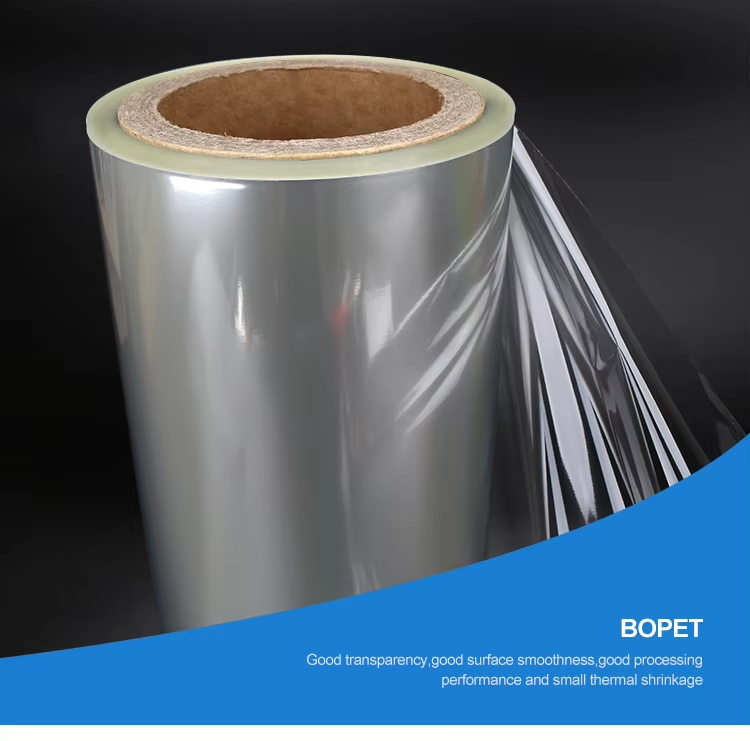 Recyclability
Recyclability
BOPET is a recyclable material, which is a great advantage in today's world that is conscious of environmental protection. After use, the film can be collected, recycled, and reprocessed into new products, thus reducing waste and conserving resources. This recyclability makes BOPET printable film an appealing choice for both consumers and manufacturers who are committed to sustainable packaging practices.
Cost-effectiveness
The production process for BOPET printable film is moderately efficient, with widely available raw materials that make this product a cheaper option to consider in packaging. Being resistant and protecting the product reduces the rate of damages in the course of transit and storage, thus economizing the manufacturer's and retailer's expenses in the long run. Cost-effectiveness in large-volume packaging becomes very important in the case of food and retail industries.
Case Studies of Transparent BOPET Printable Film in Packaging Applications
Case Study 1: Packaging Success in Food Company
A food company producing artisanal popcorn faced packaging challenges related to maintaining the freshness of their products and showing its qualities. They changed over to using transparent BOPET printable film for packaging of their product in bags. Barrier properties of the film kept the popcorn crispy weeks longer than their previous packaging did, and printability allowed them to create eye-catching designs featuring product images and unique flavor descriptions. Sales increased 30% within the first six months of the new packaging's introduction as consumers were attracted to the fresh-looking and well-branded bags.
Case Study 2: Cosmetic Brand's Packaging Innovation
A cosmetic brand was launching a new line of luxury lipsticks. The lipstick sleeves were made from transparent BOPET printable film. The clarity of the film showed the lipstick colors so well, and the printability enabled them to print on some really elegant designs with a lot of detailed product information. The new packaging added a perceived value to the lipsticks, and the brand received a 20% increase in pre-orders versus their previous lipstick launches with consumers raving about the sophisticated and informative packaging.
Case Study 3: Retailer's Packaging Upgrade
A clothing retailer wanted to improve the aesthetics and functionality of their shopping bags. They moved to using transparent BOPET printable film for their bags. The strength and toughness of the film ensure the bags could carry heavier weights without tearing, while its printability enabled large, bold logos and promotional messages. The new bags became the talk of the town for customers, and the retailer saw a 15% increase in footfall into their stores, attributing it in part to attractive packaging.
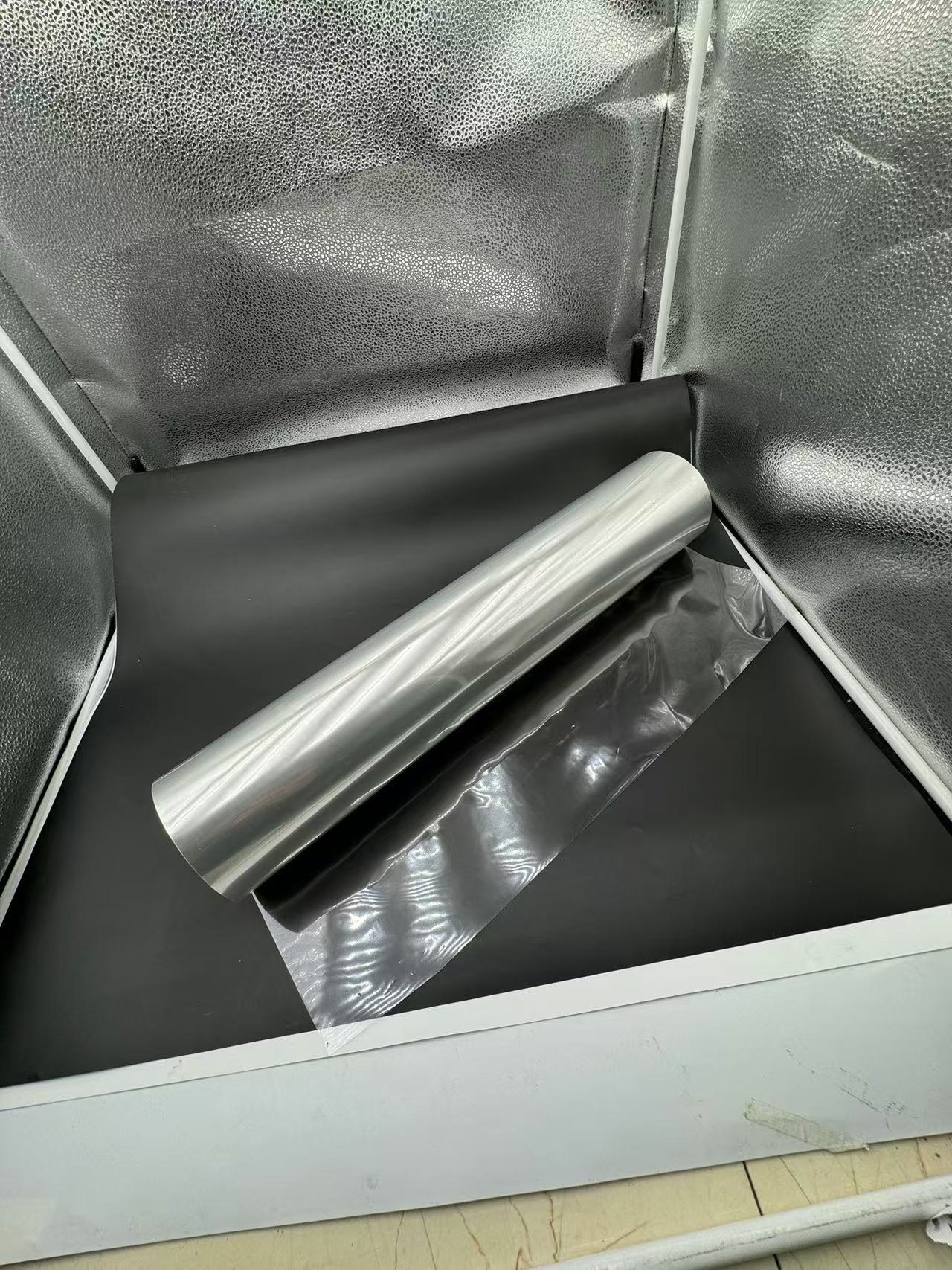 Challenges and Solutions in the Use of Transparent BOPET Printable Film in Packaging
Challenges and Solutions in the Use of Transparent BOPET Printable Film in Packaging
Printing and Ink Compatibility
While the film has good printability, ensuring compatibility with different inks and printing techniques can be a challenge. Some inks may not adhere well or may fade over time. Manufacturers should, therefore, conduct thorough ink compatibility tests before production, selecting inks that are specifically designed for plastic films and have good adhesion and lightfastness properties. Surface treatments like corona or plasma treatment can also be optimized to enhance ink adhesion.
Adhesion and Lamination Issues
In composite films, ensuring good adhesion among the BOPET printable film with other layers can be challenging. Poor adhesion could result in delamination that might affect the integrity of the package. To resolve this, one has to carefully select the adhesives based on material chemical compatibility and optimization of lamination process parameters such as temperature, pressure, and curing time. Rigorous testing and quality control ensure consistent quality in terms of adhesion.
Environmental Concerns
Though BOPET is recyclable, the general rate of recycling of plastic films remains quite low. In improving this, there should be raised awareness among consumers of the recyclability of BOPET film and improvement in the collection and recycling infrastructure. Also, manufacturers can try developing biodegradable or compostable versions of BOPET films to further reduce the ecological footprint.
 Heat Sealability and Compatibility with Filling Processes
Heat Sealability and Compatibility with Filling Processes
In some cases, this can be a problem for consistent and reliable heat sealability of BOPET printable film when used with certain filling processes. This is where the manufacturer would need to invest time in testing to identify the optimal heat seal parameters for any given application. They can also work with equipment suppliers to ensure that the packaging machinery is compatible with the film's heat seal requirements. Additionally, using additives or modifying the film's composition can improve its heat sealability.
